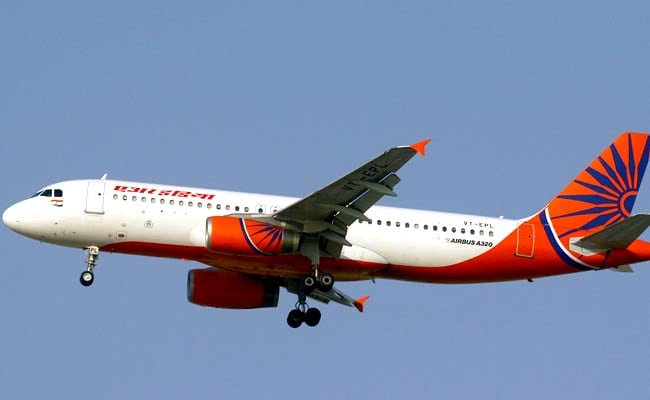If you fly Air India, there's a good chance that you've been on the sort of plane that made an emergency landing in Delhi on Monday evening. The Airbus A320, is a warhorse for the airline, with nearly 60 of these planes currently in service. The glaring problem, according to pilots who fly with the national carrier, is that 15 of them are far too old to fly safely.
In March this year, Air India pilots warned civil aviation regulator DGCA, "Classic A-320 aircraft which are up to 26 years old (one of the oldest in the world) are being operated with repetitive snags endangering flight safety. DGCA should not permit Air India to operate these lethal snag prone classic aircraft in lieu of passenger safety."
The first A-320s were bought by Air India in 1989. 15 of them qualify for as "classic A-320s" and it is these jets that are thought unsafe.

File photo of old Air India A-320.
On Monday evening, 150 passengers had to be evacuated after a fire broke out in one of the wheel bays housing the rear undercarriage of the jet. The fire is thought to have been triggered when leaking hydraulic fuel was ignited by sparks generated when the A-320 braked heavily upon touching down at Delhi's Indira Gandhi International Airport. A handful of passengers were injured during the evacuation process.
Mahesh Sharma, Minister of State for Civil Aviation, told NDTV that it's incorrect to present the legacy A-320s as being dangerous. "The age of the aircraft, whether 3 years old or 26 years old, doesn't matter...every aircraft flies only after an airworthiness certificate is issued to it," the minister said.
But NDTV has learnt that in January, the DGCA had issued strict guidelines restricting the operations of old Air India A-320s because of the abnormally high rate of engines shutting down mid-air. FINE.
The guidelines, acknowledged in an internal note of Air India seen by NDTV, stated that the oldest A-320s in service have to fly to the nearest airport within an hour if one of the two engines stops working. That has ruled out long distance flights over large expanses of the ocean where airports to divert to may not be available within one hour's flight time. Newer passenger planes of the same size are allowed to continue flying for 3 hours in case an engine shuts down.
It turns out that Air India pilots had also complained about the condition of the oldest A-320s three years ago. In a letter to top airline officials, they wrote that the planes are "... all equipped with old Bendix weather radars which are practically useless when it comes to giving an accurate picture of the weather situation. We have had incidents where passengers and crew have been injured as a result of weather related incidents en-route."
For an airline already carrying the baggage of poor management and service, the oldest A-320s in Air India's fleet deliver another large dent.
Track Latest News Live on NDTV.com and get news updates from India and around the world

